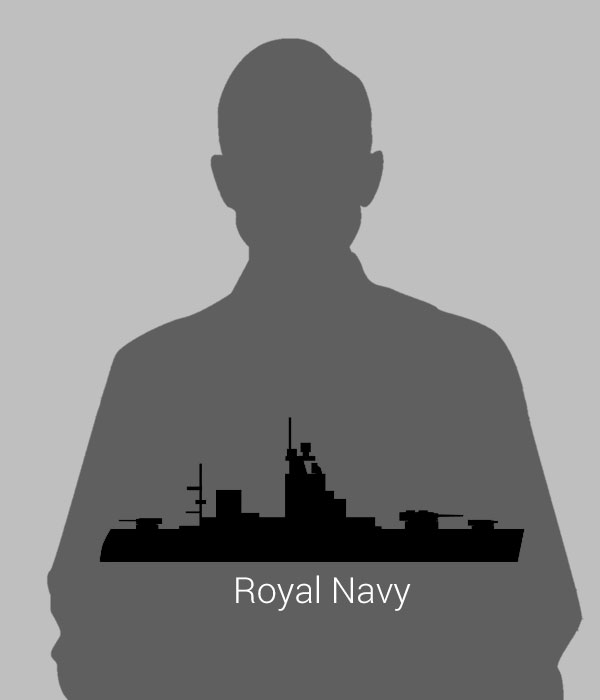
Menu
- 10am - 4pm, Mon to Sat
- Adults: £8 Under 18s: £4
- Under 12s/members: FREE
- Pensioners/students £7
- Birchburn, Scotland
- 01445 731137
- JustGiving

Information provided by Harold Green. Edited by Leona Thomas.
Harold Green attempted to enlist in the Welsh Guards early in 1941 as his brother, seven years his senior, was already a Guardsman. However, Harold was rejected due to his lack of height. He remarks: “However, by 1946 I had gained another inch and a half!”
Harold applied to, and was accepted by the Royal Marines and started training in Plymouth in October 1941 and become one of HO 129 Squad.
Harold recalls: “Training was comprehensive and hard (not only square bashing) and covered up to naval 6″ guns”.
In August 1942 he was posted to make up the numbers for the detachment due to man HMS Bermuda, a Colony Class cruiser. They were attached to the 10th Cruiser Squadron for North Atlantic duties but in November were directed to join Force H (Operation Torch) for North African landings. With HMS Sheffield they were sent to bombard a coastal fort and came under attack from torpedo bombers. Shortly after this they were dispatched to cover landings east of Algiers, and then returned to Biscay patrols.
His first trip on Russian convoy duties was in December 1942 providing cover for one northbound and two returning convoys (JW52, RA51 and RA52).
In June 1943 they carried troops and equipment to Spitzbergen. Harold remembers: “It was strange to see the sun circling without going below the horizon. Fortunately the Tirpitz, based in Norway, did not put to sea. We would have been no match for her!”
After further Atlantic and Biscay patrols, they returned to convoy duties again and from November 1943 to February 1944 covered six convoys, four northbound (JW54A, JW54B, JW56A and JW56B) and two returning convoys (RA54B and RA56). Says Harold: “This was the last of our Arctic tours, I’m glad to say, because it was bloody cold! Only those who have experienced these conditions can understand what can happen when a ship gets top heavy with ice.”
One summer, Harold is not sure when, they paid a brief visit to Loch Ewe and the Wrens were allowed on board to visit or sightsee. Harold continues: “A friend and I were dressing to go ashore when we heard a loud crack, like a 4″ gun being fired. One of the guns was being used by a seaman to demonstrate the loading and firing to a Wren, but unfortunately he was using live ammunition! I believe the shell hit the hill near a signal station. The only loss of life was a sheep (a case of friendly fire!). The Wren was discovered some time later in one of the messes shaking like a leaf!”
In August 1944 they returned to Glasgow where HMS Bermuda underwent a refit and their detachment of Marines returned to Plymouth. After some retraining, he was posted to Belfast and it was here he met his future wife. Returning to Plymouth, he trained as a signaller on landing craft between February and May 1945, ready for the Far East but fortunately VJ Day happened before they were drafted and Harold never went to sea again.
Click to expand photos